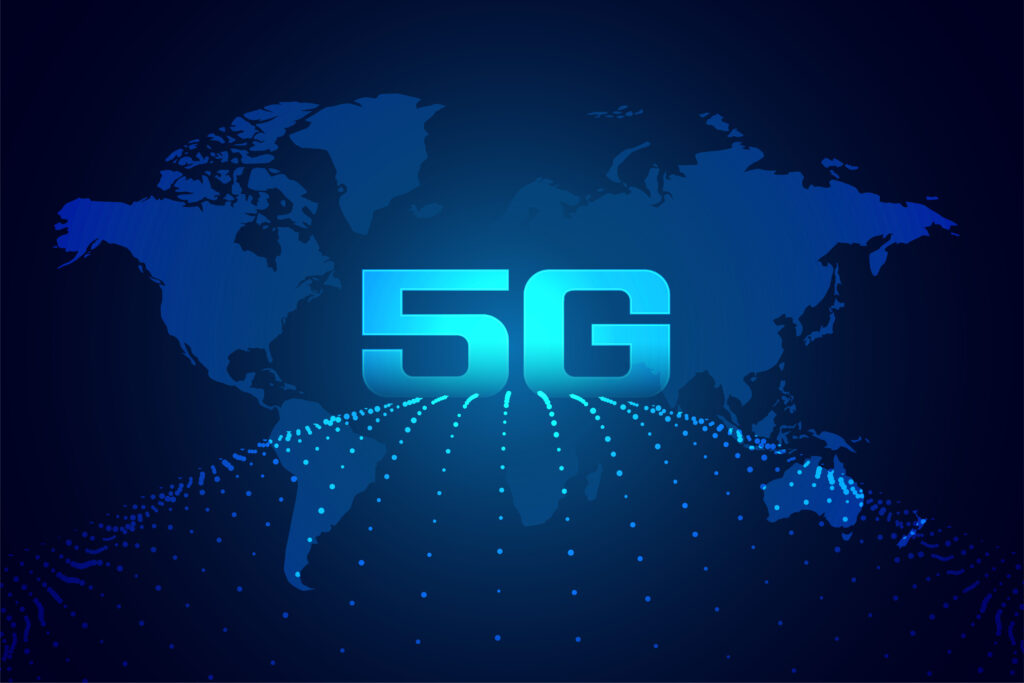GPT-5 Is Here: What It Means for You and the Future of AI
In August 2025, OpenAI officially released GPT-5, the most powerful and versatile AI language model to date. More than just a performance upgrade, GPT-5 represents a fundamental evolution in how we interact with machines. Designed to be adaptive, intuitive, and deeply integrated, GPT-5 aims to bring artificial intelligence closer to true human-like understanding and responsiveness. But what does this mean for you, your business, or the wider tech landscape?
Whether you’re a developer, content creator, entrepreneur, or someone simply curious about the next wave of AI, GPT-5 introduces transformative capabilities that make previous models feel outdated. From seamless task switching to enhanced personalization and reasoning, the future of human-AI collaboration just took a massive leap forward.
Table of Contents
No More Switching Between Models
One of the most revolutionary changes with GPT-5 is its ability to function as a unified AI agent. In previous versions like GPT-3.5 and GPT-4, users sometimes had to choose the right version for a specific task—lightweight models for faster responses, or larger models for deeper insight. GPT-5 eliminates that friction entirely.
This model automatically adapts its behavior and complexity based on the nature of your request. Need a short tweet? GPT-5 will simplify. Want a deep dive into data structures? It adjusts its reasoning level accordingly. The result is a dramatically improved user experience where the AI intuitively matches the task at hand—without requiring manual configuration or switching between versions.
Memory and Personalization at Scale
GPT-5 takes personalization to a whole new level. Thanks to a built-in long-term memory system (when enabled), the model can remember your name, your past queries, and even your communication preferences across sessions. It’s designed to build context over time and evolve alongside you.
This feature is particularly useful for professionals who use AI as a daily tool. For example, if you regularly ask GPT-5 to help with marketing strategies or coding projects, it can begin to anticipate your preferred tone, formatting, and even workflows. Over time, the AI becomes less of a generic assistant and more like a specialized teammate.
For businesses, this also means customer service bots or virtual assistants built with GPT-5 can become genuinely helpful and context-aware—responding with insight rather than scripted replies.
Greater Creative and Technical Capabilities
GPT-5 doesn’t just write emails and summarize documents. It can generate poetry, debug code, analyze financial data, brainstorm product ideas, simulate legal arguments, and more. Its creative output is sharper and more coherent. Its technical reasoning is more accurate and contextually relevant.
What makes this possible is not just a bigger dataset or more parameters, but a refined training process and improved model architecture. GPT-5 is also capable of better chaining of thought—meaning it can break down complex problems into logical steps and explain them in natural language.
This makes it ideal for high-level use cases in education, programming, law, research, and advanced customer support.
Lightweight GPT-5 Variants for Developers
Alongside the core model, OpenAI has also introduced lighter versions like GPT-5 Mini and GPT-5 Nano via the API. These are optimized for speed and efficiency, allowing developers to build responsive apps and AI tools without requiring vast computing resources.
Startups can now harness the power of GPT-5 to create custom chatbots, automation scripts, and AI-driven services at a much lower operational cost. These mini models retain much of the intelligence of GPT-5 while being scalable for real-world applications.
GPT-5 Is More Than a Release—It’s a Strategic Shift
The release of GPT-5 signals more than technological progress—it marks a strategic shift in how we approach AI as a tool for everyday life and enterprise. We are moving away from fragmented, task-specific bots and toward unified, intelligent systems capable of adapting on the fly.
It’s a vision of AI that doesn’t just respond but collaborates, understands, and grows with the user. For individuals, this means better productivity and creativity. For businesses, it means streamlined operations, faster development cycles, and smarter automation.
Conclusion: Embracing a Unified AI Future
With GPT-5, OpenAI sets a new standard for artificial intelligence. It’s smarter, more adaptable, and significantly more capable than its predecessors. As AI continues to integrate into our daily tools and workflows, models like GPT-5 are leading the way toward a future where digital assistants are not just reactive tools, but proactive partners.
If you haven’t explored GPT-5 yet, now is the perfect time to see what a truly unified, adaptive AI can do. Whether you’re building a business, launching a product, or simply experimenting, GPT-5 is designed to empower your next move.


